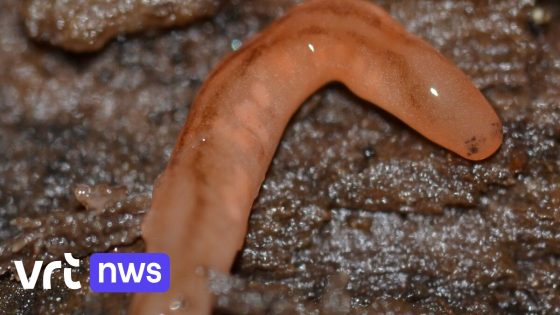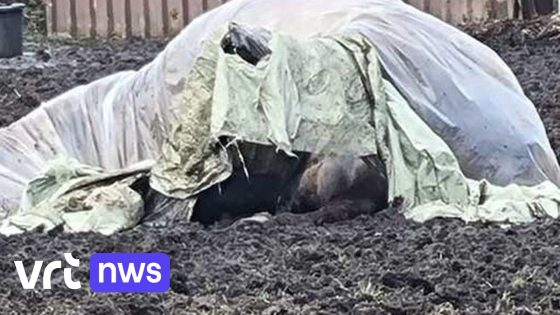On February 12, 2025, Belgium made headlines with the discovery of an exotic landsnoerworm. What does this mean for the local ecosystem? Understanding the difference between landsnoerworms and landplatworms is crucial as both species have similar appearances but distinct behaviors.
- Landsnoerwormen and landplatwormen resemble each other.
- Both species prefer moist environments.
- Landsnoerwormen glide straight; landplatwormen sway.
- Landsnoerwormen have a white protruding snout.
- Landplatwormen possess a retractable mouth underneath.
- Landsnoerwormen feature a rounded head shape.
This finding raises questions about biodiversity in Belgium. Are these creatures a threat or just another fascinating addition to our natural world?
Understanding Landsnoerworms and Their Impact on Local Ecosystems
Why should we care about landsnoerworms? These unique creatures can influence soil health and plant growth. With their smooth bodies and preference for moist environments, they play a role in nutrient cycling. However, their introduction could disrupt existing ecosystems.
The Differences Between Landsnoerworms and Landplatworms Explained
Landsnoerworms are often confused with landplatworms due to their similar appearance. However, understanding their differences can help US appreciate their roles in nature better.
Key Characteristics of Landsnoerworms
Landsnoerworms possess unique features that set them apart from other worm species:
- Smooth, gliding motion without segmentations like earthworms.
- A distinctive white slurf at the front of their body.
- A rounded head compared to the pointed head of landplatworms.
- Prefer humid environments such as gardens or greenhouses.
The Role of Worms in Soil Health
Worms play a vital part in maintaining healthy soils by breaking down organic matter and enhancing nutrient availability for plants. By understanding different worm species, we can better manage our ecosystems.
The Importance of Monitoring Exotic Species
The introduction of non-native species like the landsnoerworm can lead to unforeseen consequences for local wildlife. Continuous monitoring helps ensure that these newcomers do not outcompete native organisms or disrupt established habitats.





























![Will Avalanche [AVAX] Plunge Further? Bears Set Sights on $14.5 Support!](https://news.faharas.net/wp-content/uploads/2025/03/Will-Avalanche-AVAX-Plunge-Further-Bears-Set-Sights-on-145.webp.webp)



